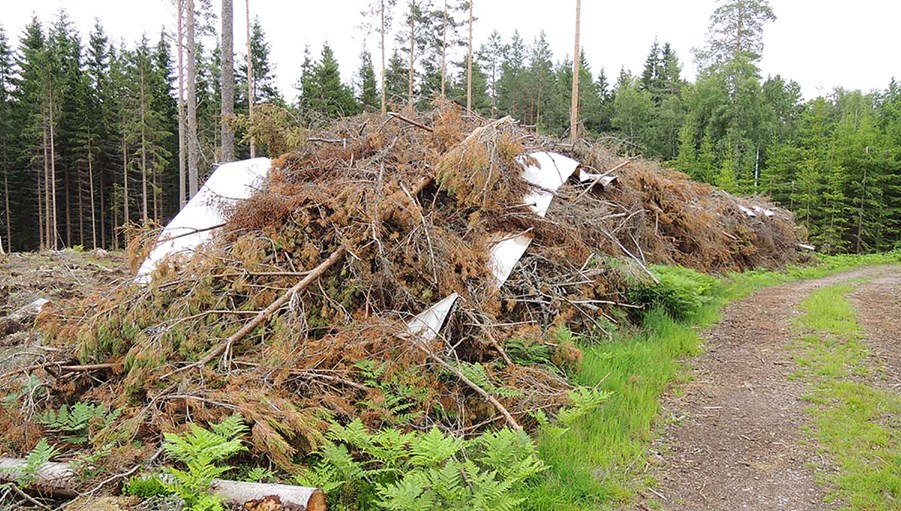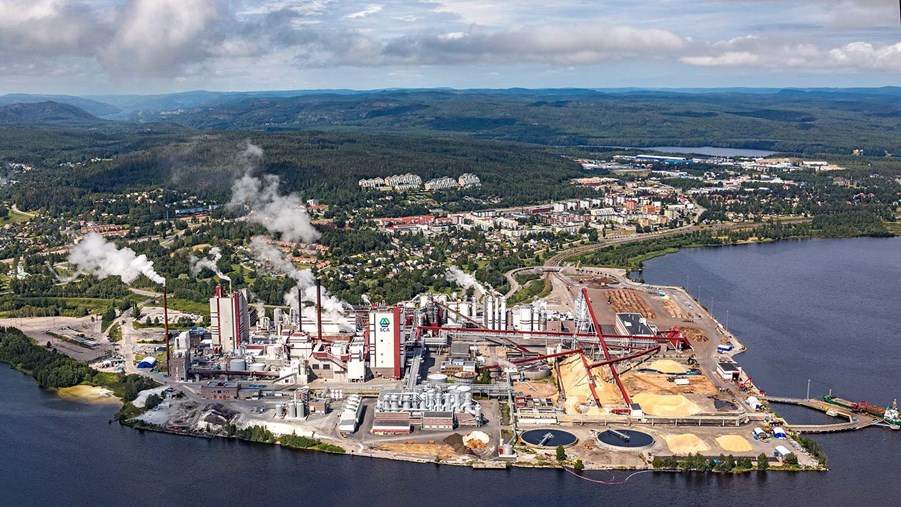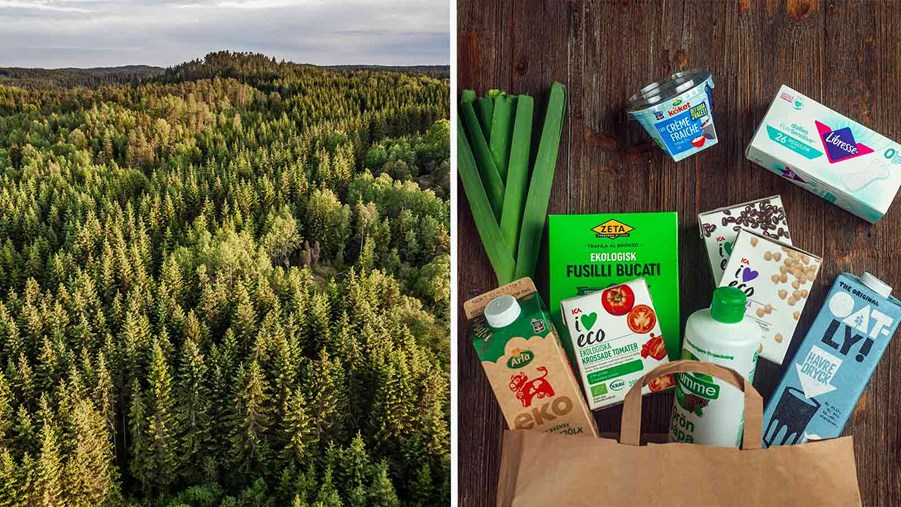
The ENVI committee has adopted positions on several proposals of great importance to the forest-based industry. Among these are LULUCF, RED III and EU ETS. Regulations on land use in forests, bioenergy and emissions trading affect the forest-based value chain and contribute to shaping the circular bioeconomy as a whole.
– ENVI sets a lower carbon sink target for forests than initially suggested by the rapporteur for LULUCF, which is positive. The target is nonetheless very difficult to reach without decreasing harvests and hampering access to renewable materials and products. Furthermore, the decision on RED III risks severely limiting access to bioenergy. We need forest-based products and energy to replace fossil-based alternatives, and to reduce our dependency on oil and gas from Russia, says Magnus Berg, Director of Public Affairs at Swedish Forest Industries Federation.
Carbon sink target in line with the Commission’s proposal
ENVI proposes a 2030 LULUCF target in line with the European Commission proposal, requiring a carbon sink of 310 Mt CO2e in the EU. In addition, they propose an extra 50 Mt CO2e carbon sink to be delivered by carbon farming. Sweden is expected to deliver the largest carbon sink in the EU, increasing it to 47 million tons CO2e per year by 2030.
– There was obviously a division within ENVI, as the final vote on the report shows. 44 MEPs voted in favour of the report and 37 against. The ENVI report falls short in recognizing the full climate benefit from the forest and the forest-based value chain, and we hope to see a more balanced approach in Plenary. The 2030 LULUCF targets should be more comparable and based on the actual potential to increase carbon sinks, says Emma Berglund, Forest Director for EU and international affairs at Swedish Forest Industries.
The ENVI committee has also decided to reject the proposal to merge the emissions from the forest and land sector with those from agriculture.
– This is a good way to maintain the pressure on reducing emissions from agriculture. Forests should not have to compensate for continued emissions in other sectors, says Emma Berglund.
ENVI proposes a restriction on all forestry residues in RED III
With the backdrop of war in Ukraine and an energy crisis caused by severe fossil-fuel dependence in the EU, the ENVI is presenting a major revision of bioenergy sustainability criteria and other bioenergy rules.
– Biomass residues are important for substituting Russian fossil fuels in all sectors. I agree that biomass should be sustainable and used effectively. This can be achieved without detailed regulations on biomass use or forest management. EU institutions should focus on developing the overall bioeconomy with market-based incentives and not add extra restrictions on top of the sustainability criteria, says Mårten Larsson, Head of Bioenergy Policy at SFIF.
ENVI has decided on restrictions for all forms of bioenergy. The sustainability criteria have been changed to exclude the use of harvesting residues from clear-cutting practices.
– Modern clear-cutting practices have been developed according to science and practical knowledge to ensure regeneration and growth in boreal forests. In Sweden, it is combined with different forms of formal and voluntary protection of biodiversity and ecosystems. Our forest management system is sustainable and developed to balance climate mitigation and biodiversity, says Mårten Larsson.
In addition, ENVI also introduces broader restrictions, the main one being that no primary woody biomass, meaning residues from forestry, can be counted towards the renewable energy targets.
– This means waste and residues from all forestry will be left to decay, and that decades of climate mitigation efforts would be cancelled. The residues already provide clean energy in many parts of society where few other options are available. There is little doubt, at least not from the IPCC or the JRC study on woody biomass, that using biomass residues from integrated value chains is an important climate solution, says Mårten Larsson.
ENVI proposes EU ETS without threshold value
The ENVI has decided to reject the Commission’s proposal to introduce a threshold value of 95 percent for biomass, above which installations are excluded from the EU ETS.
– Reducing fossil emissions should be rewarded. Forerunners that exclusively use biomass in their production should continue to be included in the EU ETS, provided their product is covered by a benchmark. To exclude them would be discriminatory to biofuels, compared to other zero emission technologies such as electrification and hydrogen, says Johan Bruce, Energy Director at SFIF.
ENVI upholds the principle that free allocation should be independent of the nature of the production process, which Johan Bruce welcomes.
– It is important not to take away incentives for full decarbonisation by reducing free allocation when an installation decarbonises by switching fuel or technology. Technology neutral benchmarks will create a fair and more level playing field and speed up the transformation of industry, concludes Johan Bruce.






